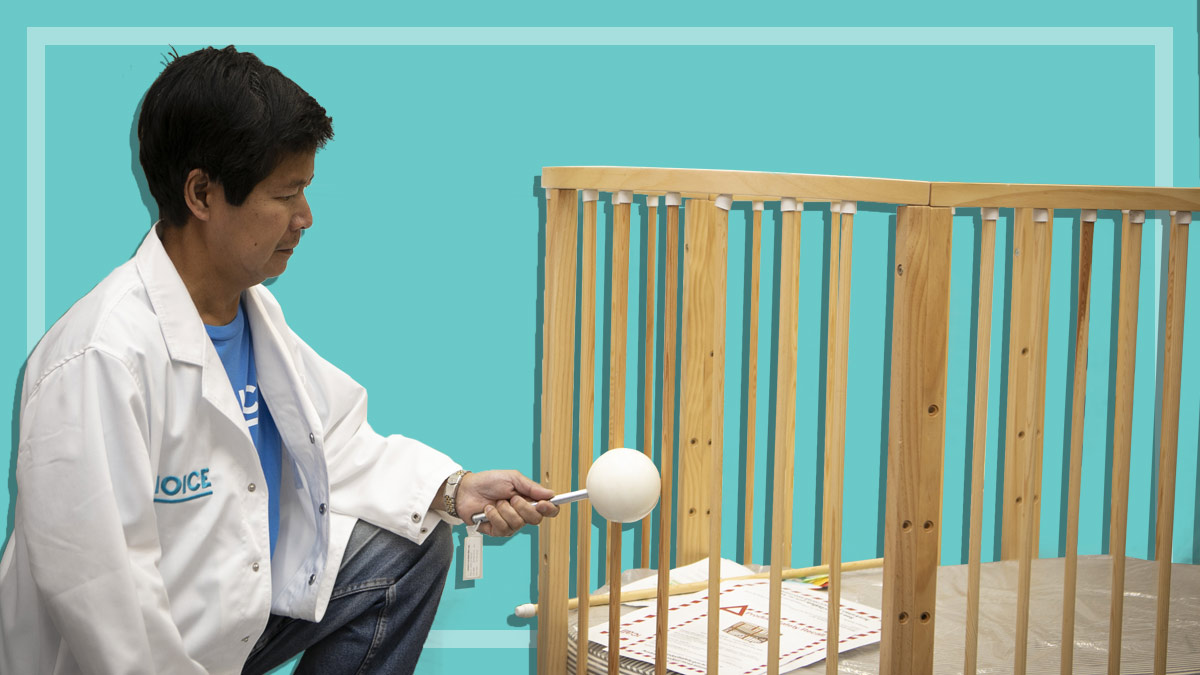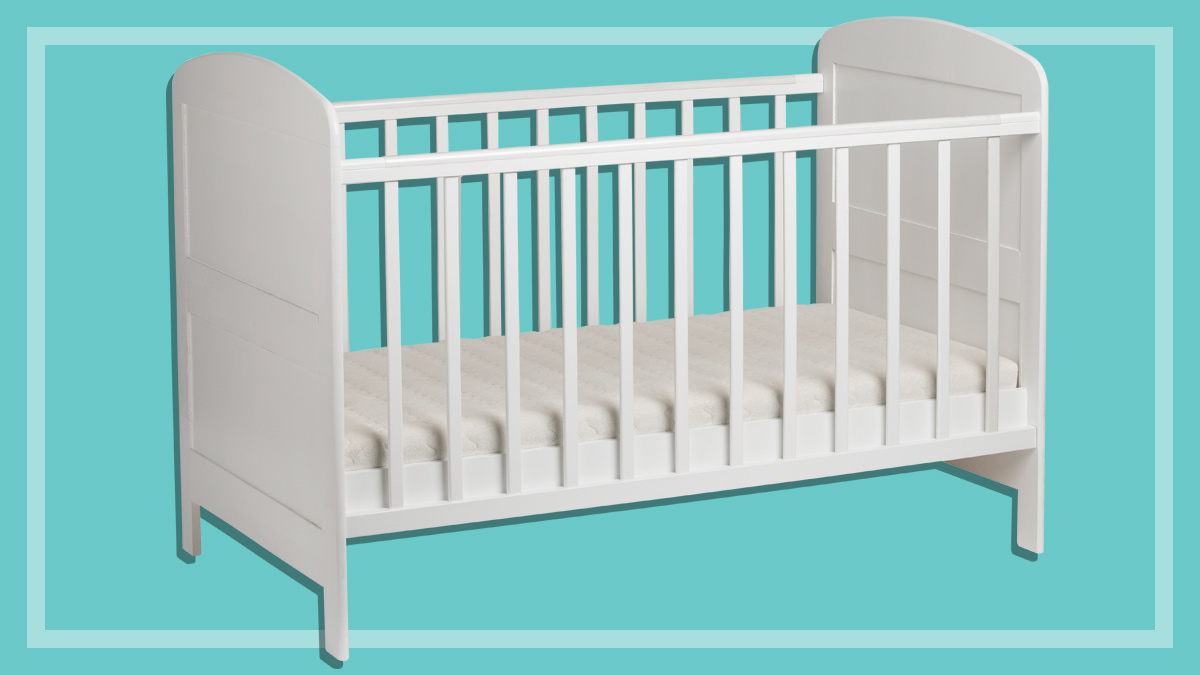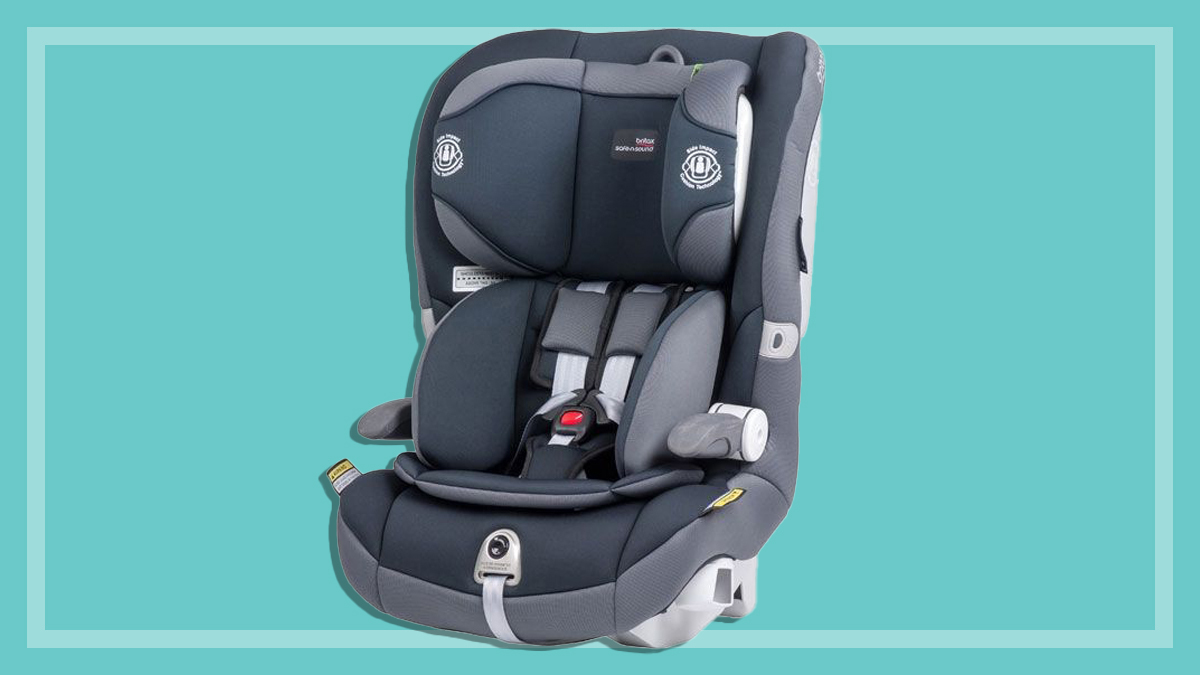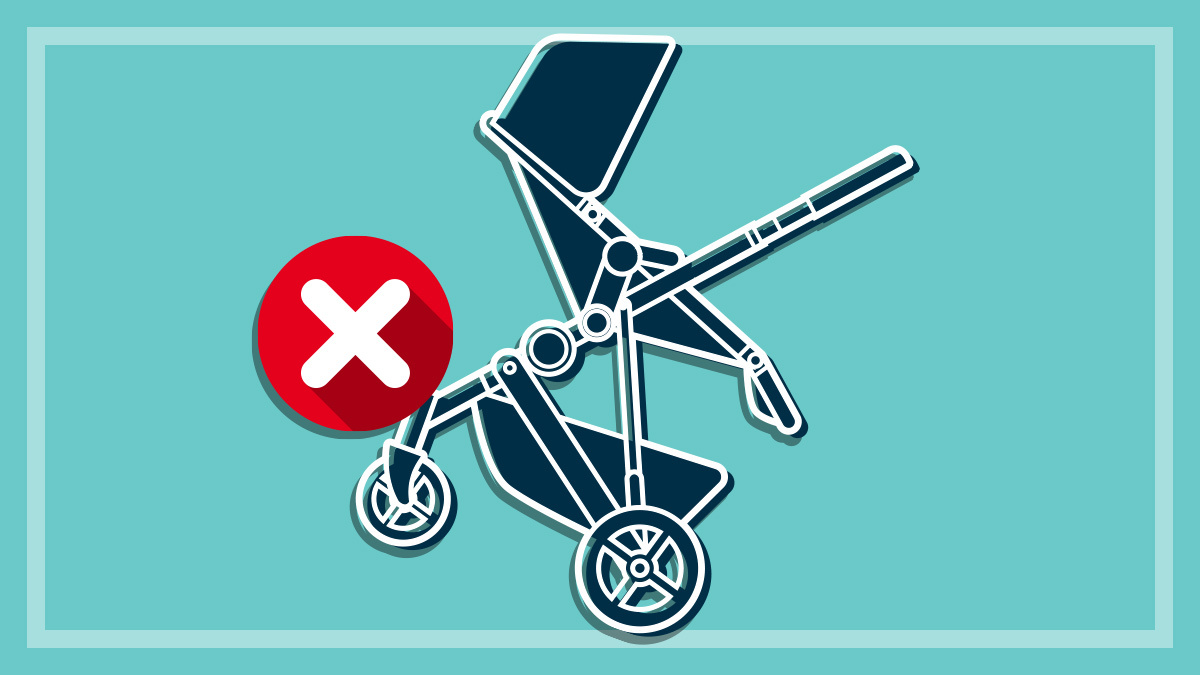Get our independent lab tests, expert reviews and honest advice.
How we test cots

A safe and secure cot is one of the most important purchases you can make for your baby, and CHOICE’s rigorous cot reviews will help make the decision easier.
On this page:
Over the years, our experts have tested hundreds of cots to the Australian standard, and have uncovered some poorly engineered cots which could pose suffocation or falling risks.
Our expert testers
With over 15 years’ experience, our testers are experts at children’s product testing. They’ve seen all the brands and cot configurations on the market and have put each to the test. Our testers also sit on the Australian Standards Committee for cots.
We are active industry stakeholders who regularly inform regulators and manufacturers about cot failures we find, and contribute towards the improvement of safety standards. Being on the committee gives us a clear understanding of both the technicalities and intentions of the standard. Our lab is NATA-accredited to test cots against the standard.
How we choose what we test
Why do we choose one cot over another? Our priority is to test what you’ll find in shops, and most of the time you’ll see us test big-brand models from mainstream nursery stores. But there’s a growing industry of smaller retailers who sell to independent stores and via online marketplaces, so we occasionally include these models in the mix to make sure they’re meeting the same standards that apply to the larger names.
We survey manufacturers to find out about their range of models and also take member feedback on board when putting a buy list together. Our buyers then purchase products just like you would, either instore or online. This is to make sure the products we receive haven’t been tweaked with in any way for better performance, or received special treatment during transit.
How we test cots
Safety
Safety is a vital part of our testing. Our experts test each cot against key safety clauses from the Australian Standard AS/NZS 2172:2013. This is a voluntary standard that goes above and beyond mandatory requirements. Only cots that pass our stringent tests are recommended. These tests include:
- using probes to check for suitable gaps between the bars and panels of the cot to avoid limb injury
- checking that there is sufficient depth of the cot to prevent falls
- testing the dropside’s strength and construction, if there is one
- checking for strangulation risks at the cot ends
- checking that the recommended mattress size doesn’t leave too much of a gap between the mattress, cot sides and end.
We also check the instructions to see if they meet the standard, but in most cases what we call a ‘failure of information requirements’ is very minor (e.g. the supplier’s name and contact details are not printed, or the label may have started peeling) so we’ve taken the view of not letting this affect our overall recommendations.
Even so, we still inform manufacturers about any problems we find so they can address them in future production batches.
We also check for issues such as finger entrapment, but because we don’t hear about significant injuries, we may still rate a cot as worth considering depending on the risk we think it poses.
In most cases, companies will take our comments on board and rapidly address the problems we find
For example, plugs may not be supplied to fit the unused holes which are designed to place the mattress base in an upper or lower position (which could be a finger trap if left unfilled). But sometimes these holes may not present a likely risk, as they may be covered once a mattress is in place.
Reputable cot manufacturers will have their products certified to the most recent standard. Sometimes, after we inform them of failures, they’ll supply us with an independent report which says they’ve met the standard.
Manufacturing problems or inconsistencies do arise, and we usually stand by our findings based on the sample we received. In most cases, companies will take our comments on board and rapidly address the problems we find.
Ease of assembly
In addition to testing to the standard, we also note other issues such as whether the cot is particularly hard to put together or if the dropside doesn’t operate smoothly. We also record any other features which may be of interest, such as conversion to a junior bed.
Test criteria explained
The CHOICE Expert Rating (our overall score) is made up of:
- safety performance (70%)
- ease of assembly (30%).
The safety performance score reflects whether we found serious, minor, or very minor failures.
- No failures: 100%
- Very minor failures: 80%
- One minor failure and no serious failures: 65%
- Multiple minor failures but no serious failure: 60%
- One serious failure: 40%
- More than one serious failure: 20%
Recommended models
We recommend cots with a CHOICE Expert Rating of at least 70%, that have passed all our safety tests, and score 80–100% for safety performance.
They may have some very minor failures (such as not meeting information labelling requirements), but we usually don’t think these are significant.
Models that pass key safety tests
- Models that score 60–65% for safety performance are still worth considering, as they pass all of our key safety tests which cover serious hazards such as head and limb entrapment or strangulation or fall risks.
- They may have some minor safety failures, such as finger entrapment hazards in hard to reach areas, or some sharp edges.
Models with serious failures
- Cots that don’t pass key safety tests aren’t worth considering.
- These score 40% or less for safety performance. Failures can include issues like a gap between bars that is the wrong size and could be a head or limb entrapment hazard; the cot sides might not be high enough; or the recommended mattress is too thick, leading to insufficient cot depth, and as a result there’s a risk of a child climbing and falling from the cot.
- We list these failures in the ‘Bad points’ for that model in our cot test results.






